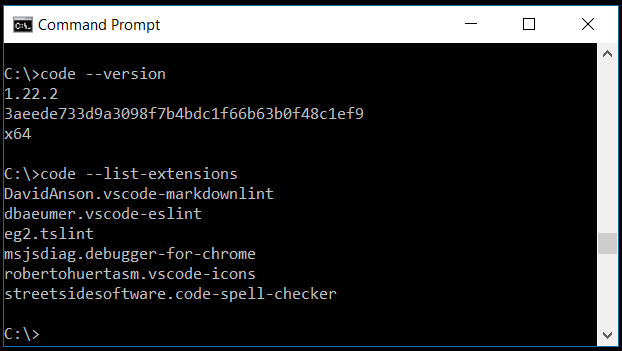

I looked hither and yon on the Internet for a legit version of the original Samsung SMS app, but couldn’t find it. Since I prefer Google’s SMS app, I deleted the Samsung SMS app from my phone without thinking, and thus could no longer control those types of messages. Here’s a weird example: I owned a phone where the Samsung SMS app controlled the settings for Amber (and other) alerts. This is because some third-party apps use parts of the default apps, and by uninstalling them, you can break the third-party app.

But back then, the “rules” were this:ġ) If the app you want to uninstall was available on the Google Play store, you can absolutely delete it… because you can always reinstall it from the store if need be.Ģ) Some apps – like the built-in email, calendar and SMS apps – should be left alone or, at most, disabled. To be honest, I played around with alternate ROMs and rooting and all that stuff, but it’s been several years. It requires a couple of apps and some command-prompt work… but it can be done.īut before we get into the how of it, it’s important to know what you can uninstall. You can use ADB to uninstall most any app on your phone. This is especially irritating since phones tend to have much less storage than a PC, and resetting your phone only brings all those apps back, with no way to uninstall them.

In some cases (looking at you, Facebook), you can’t really uninstall the software the best you can do is disable it. After all, most of the time it’s easy to uninstall this junk, or wipe the hard drive and install a fresh copy of Windows without the bloat.īut it’s much more difficult to get rid of this sort of thing on smartphones. While an annoyance, this isn’t a big deal. It’s all about money: the margin on most consumer computers is razor-thin… so if Symantec is willing to pay an OEM $5 per PC to install a Norton Antivirus trial, most PC builders are only happy to oblige. For decades, PC makers like Dell, HP and Lenovo have allowed third-parties to install trials and demos on new PCs.


 0 kommentar(er)
0 kommentar(er)
